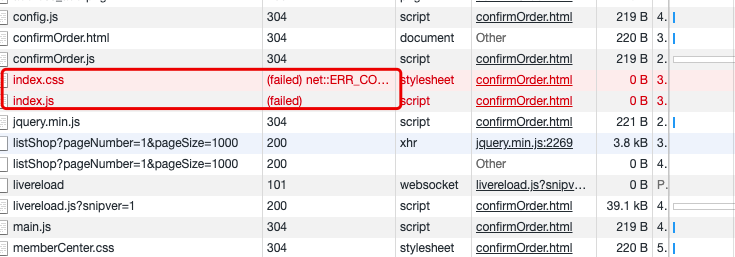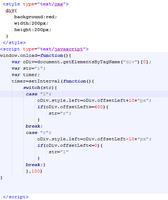@ConditionalOnProperty来控制Configuration是否生效

2. 说明
@Retention(RetentionPolicy.RUNTIME)@Target({ ElementType.TYPE, ElementType.METHOD })
@Documented
@Conditional(OnPropertyCondition.class)
public @interface ConditionalOnProperty {
String[] value() default {}; //数组,获取对应property名称的值,与name不可同时使用
String prefix() default "";//property名称的前缀,可有可无
String[] name() default {};//数组,property完整名称或部分名称(可与prefix组合使用,组成完整的property名称),与value不可同时使用
String havingValue() default "";//可与name组合使用,比较获取到的属性值与havingValue给定的值是否相同,相同才加载配置
boolean matchIfMissing() default false;//缺少该property时是否可以加载。如果为true,没有该property也会正常加载;反之报错
boolean relaxedNames() default true;//是否可以松散匹配,至今不知道怎么使用的
}
}
3. 使用方法
通过其两个属性name以及havingValue来实现的,其中name用来从application.properties中读取某个属性值。
如果该值为空,则返回false;
如果值不为空,则将该值与havingValue指定的值进行比较,如果一样则返回true;否则返回false。
如果返回值为false,则该configuration不生效;为true则生效。
4. code
@Configuration//在application.properties配置"mf.assert",对应的值为true
@ConditionalOnProperty(prefix="mf",name = "assert", havingValue = "true")
public class AssertConfig {
@Autowired
private HelloServiceProperties helloServiceProperties;
@Bean
public HelloService helloService(){
HelloService helloService = new HelloService();
helloService.setMsg(helloServiceProperties.getMsg());
return helloService;
}
}
5. 收获
springboot注解丰富,我们可以利用好这些注解来实现我们自定义的starter配置,减少硬编码的校验,降低组件间的耦合性!!!
以上是 @ConditionalOnProperty来控制Configuration是否生效 的全部内容, 来源链接: utcz.com/z/513919.html







